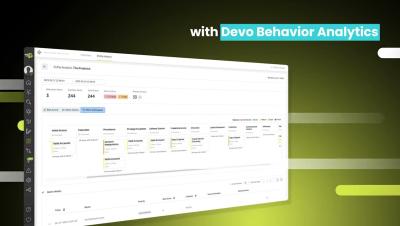Enter The Gates: An Analysis of the DarkGate AutoIt Loader
AutoIt is a scripting language designed for automating the Windows GUI and general scripting. Over the years, it has been utilized for malicious purposes, including AutoIt-compiled malware, which dates back to as early as 2008. Malware creators have exploited the versatility of AutoIT in a variety of ways, such as using obfuscated scripts for payload decryption, utilizing legitimate tools like BaSupportVNC, and even creating worms capable of spreading through removable media and Windows shares.











